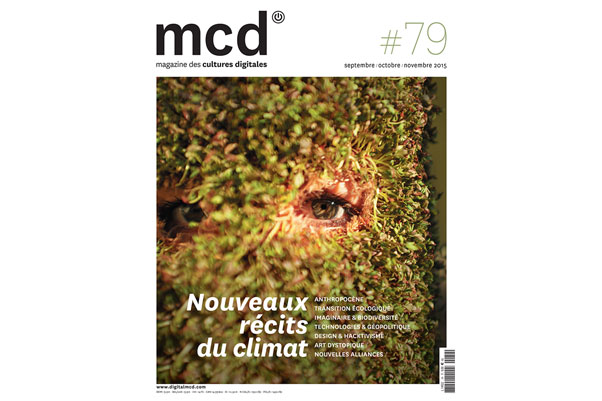Writing
2015
This article appeared in MCD Magazine #79 (France), 2015

Let us travel back to a past present. It is the spring of 2013 and leading members of two communities are on planes and trains and in cars, heading to meet for the first time. This is a scientific first date whose outcome could reconstitute nature as we understand it; thirty-six hours that one day may be seen as a pivotal in the trajectory of the Anthropocene, the age of man. “How will synthetic biology and conservation shape the future of nature?” asks the Wildlife Conservation Society, convening. Can the ecologists, synthetic biologists and NGOs agree on a common future, or does the survival of one field preclude the other?
As the discussion progresses, it is clear that their paths face different directions. The sixth mass extinction event in the history of biology may be underway, and we humans are likely its cause. The conservationists are desperately looking backwards, trying to stop time—or better—reverse it. They want to protect existing biodiversity from the impact of humanity, to sustain and preserve what already lives. Meanwhile, the synthetic biologists, with the mindset of problem-solving engineers, are enthusiastically looking forward, attempting to use genetic engineering to design new biodiversity for ‘the benefit of humanity.’
(Excerpt of english version)
See the magazine for the French version.